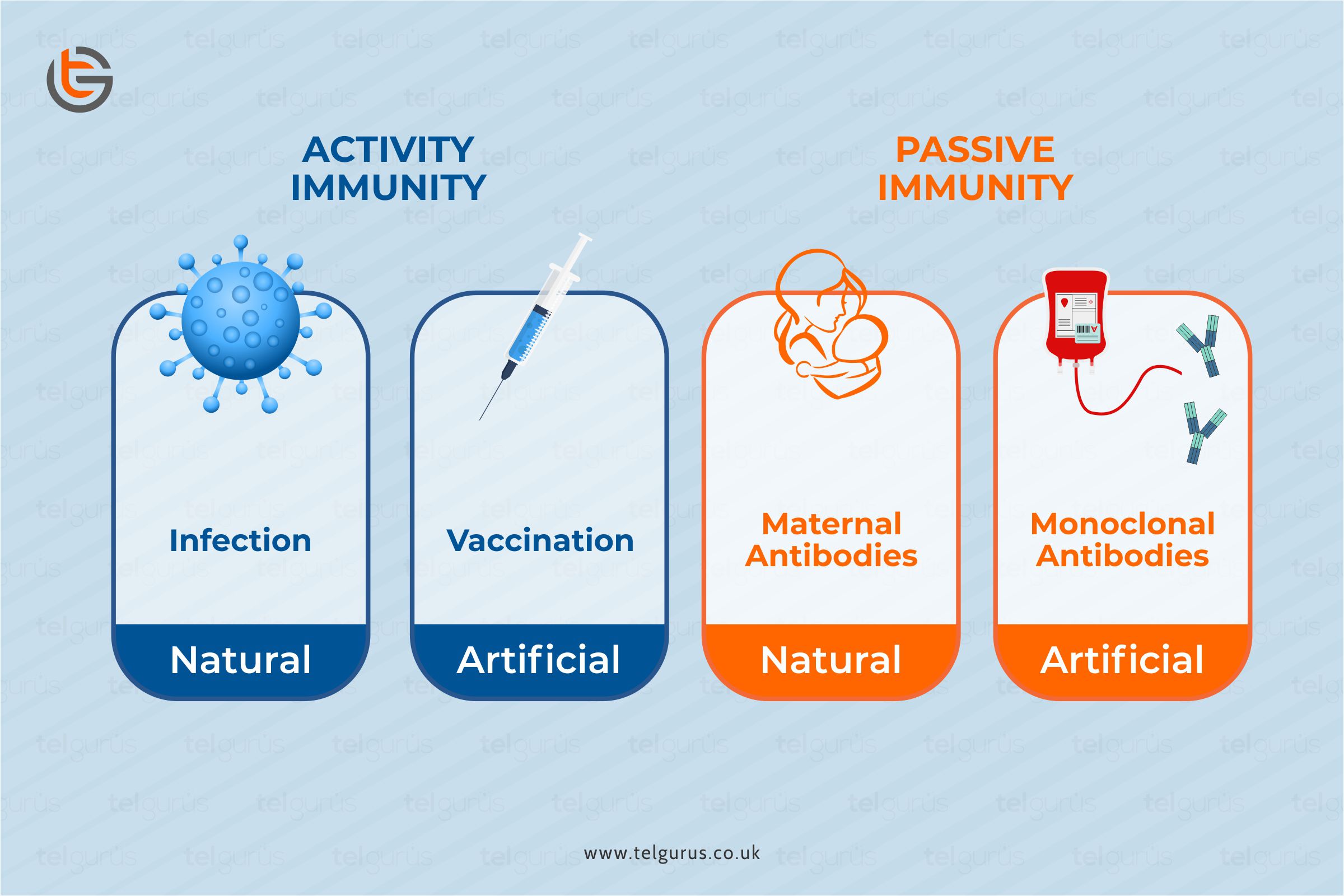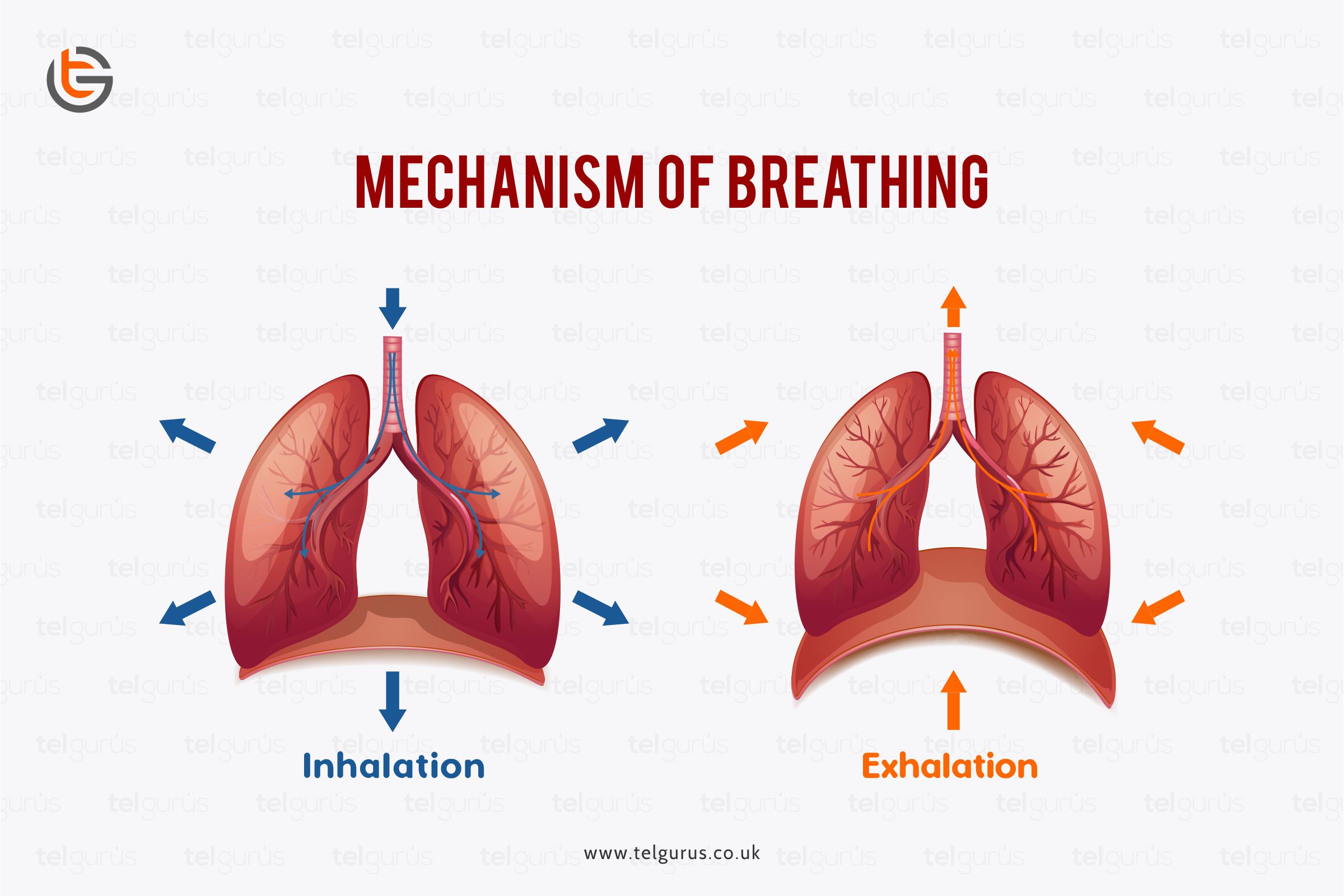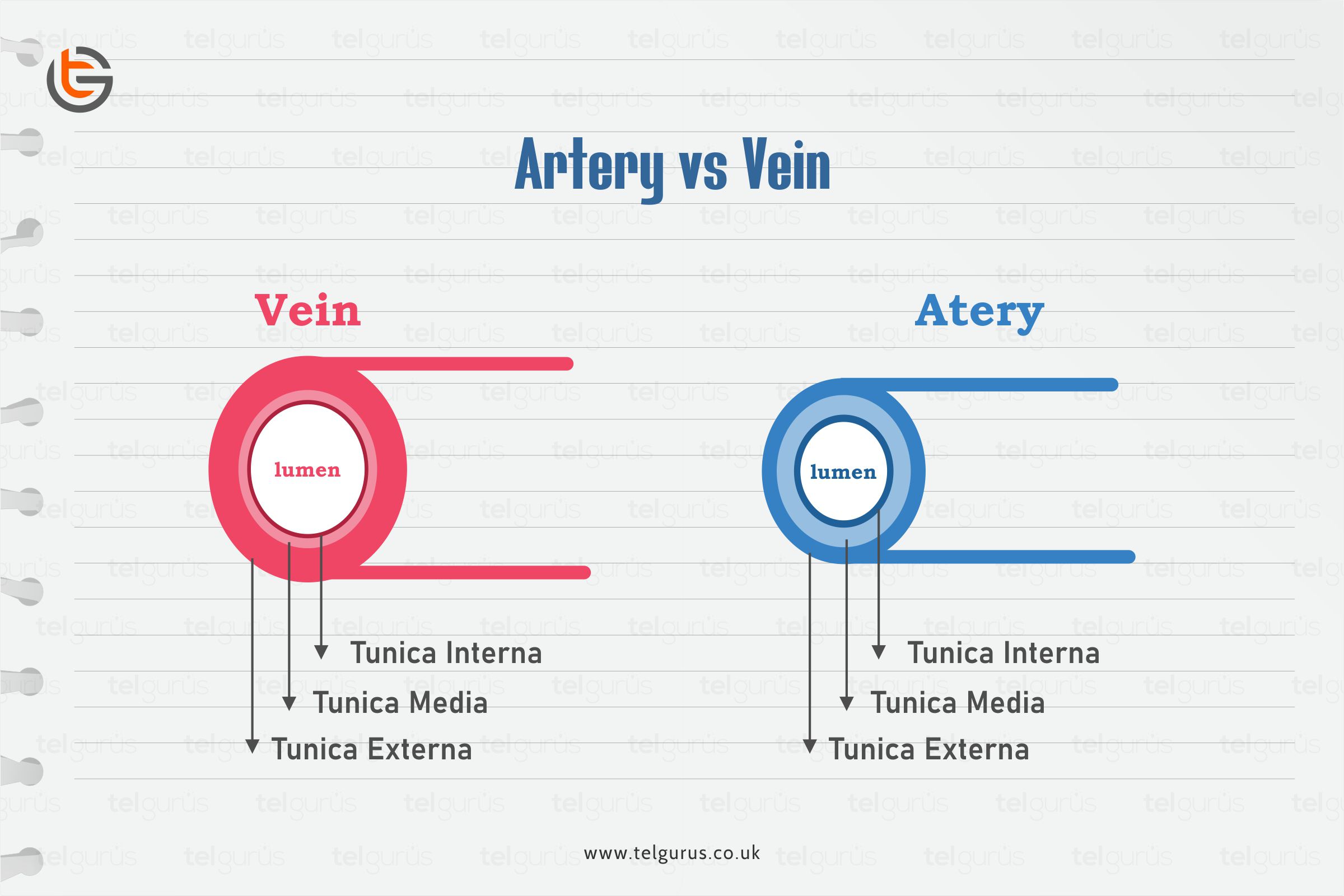Enrich your knowledge with our informative blogs
What is the difference between passive and active immunity?

Whenever strange bacteria and pathogens discover their way into the body, they are generally destroyed by the immune system. Before getting to the immune system, the foreign material has to go through a few defense lines that your body has in place.
- The first defense line in the human body against pathogens is through the barriers like skin, saliva, and a mucus layer. This layer is known as innate immunity.
- The second defense line is via phagocytes that are produced by innate immunity.
- The third defense line is adaptive immunity.
Passive and active immunity are the two adaptive immunity types.
The function of an immune system
The immune system limits or prevents a person from infection. When the immune system recognizes pathogens, it generally addresses an issue.
Whenever an immune system is not activated, problems like diseases and disorders arise.
What is active immunity?
Active immunity refers to the immunity where a human body develops its own antibodies whenever the body is exposed to a disease.
It generally allows the immune system to identify an illness that will trigger the body to fight against the disease.
It may sometimes provide life-long protection against the diseases and is often long-lasting.
Examples of Active Immunity
- Whenever a body is exposed to pathogens, passive immunity is triggered.
- Body exposure to some pathogen parts in a vaccine-like Live attenuated vaccine
What is passive immunity?
Passive immunity refers to an immunity type that is endowed when a person is provided with antibodies from outside.
It generally supports immediate protection but at the same time doesn’t guarantee long-term safety, just like the active one.
Examples of Passive Immunity
- A baby receives antibodies from its mother during the pregnancy’s third trimester.
- Breast milk comprises antibodies in addition to other abs.
Understanding the differences between Active and Passive Immunity
| Parameters | Active Immunity | Passive Immunity |
| Protection Length | It provides long-lasting protection. | It provides short-term protection. |
| Immunological Memory | It generates immunological memory | It does not generate immunological memory. |
| Abs Production | Own body’s host will make the antibodies whenever exposed to the pathogens, lymphocytes from memory cells. | Here the host receives antibodies from some outside source. |
| Response speed | Active immunity has a slower response. | Passive immunity has a faster response. |
| Side effects | It has no side effects and does not cause any chemical reactions. | It may comprise of specific side effects when it is given externally. |
| Antigen exposure | It requires exposure to the antigen of a pathogen. | It doesn’t require any exposure to any infectious agent. |
| Immune system involvement | Here the immune system of an individual is actively involved in the entire process. | Here the immune system of an individual is not actively involved. |
| Natural Acquirement | Arises naturally when a person is exposed to a pathogen or an antigen. | Arises naturally when the fetus obtains antibodies from the mother across the placenta. |
| Artificial Acquirement | It confers artificially through the vaccines. | It confers artificially through the administration of preformed antibodies. |
| Components | T cells, B cells, and antigen-presenting cells | Here no immune cells are involved |
| Immunity Type | It involves both cell-mediated and humoral immunity. | Here the immunity is conferred only by ready-made antibodies. |
| Memory cell formation | It results in the formation of long-lasting memory cells. | Here memory immune cells are not formed. |
| Antibody production | It involves the antibody production that is induced by immunogen or infection. | Here no antibody is produced but directly transferred. |
| Durability | Here the protection offered is long-lasting. | Here the protection is only transient. |
| Secondary response | Here the first exposure leads to response and in the case of subsequent exposure to the same pathogen, a stronger and faster secondary response is established. | A secondary response is absent here. |
| Reactivation | It is reactivated by infection recurrence or revaccination. | Here the frequent administration is required for renewed protection. |
| Response Time | Here the protective response takes time to establish | Here no lag period is there so the protection is instant. |
| Use | Very effective for diseases prophylaxis | Artificial passive immunity is effective as a post-exposure remedy |
| Suitability | It is not suitable for the protection of immune-deficient or immune-compromised individuals. | It is useful in cases of immunodeficient, immune-compromised, or severe combined immunodeficiency. |
| Protection Effectiveness | It provides effective protection | Protection is less effective |
| Adverse effects | It can be implicated in autoimmune allergies and diseases but generally does not have any side effects. | A condition known as serum sickness can be an outcome of exposure to antisera. |
Bottom Line!
The prominent difference between passive and active immunity is that active immunity is developed because of the antibody’s protection in a person’s own body.
In contrast, passive immunity is developed by the antibodies that are generated outside and then later on introduced in the body.
Read More – Biology Questions
View More – Useful links for Your Child’s Development

Visualize the in-depth understanding of the natural world!
Biology would sound more interesting when your curiosity levels are satisfied with better visuals & logical explanations.
Categories
Recent Posts
- List of the qualities you should look for in your tutors?
- What is the most useful formulas in math?
- Describe the process of eating to defecation of food?
- Difference between the natural and artificial active response by the immunology system.
- Explain the different circle theorems
- How are nerve cells adapted to their function?










